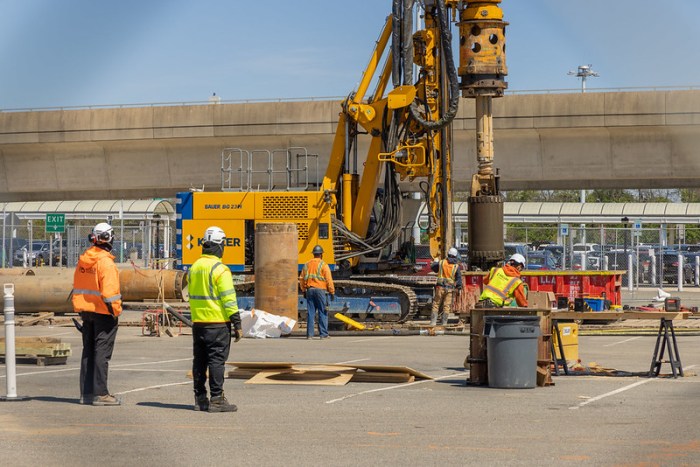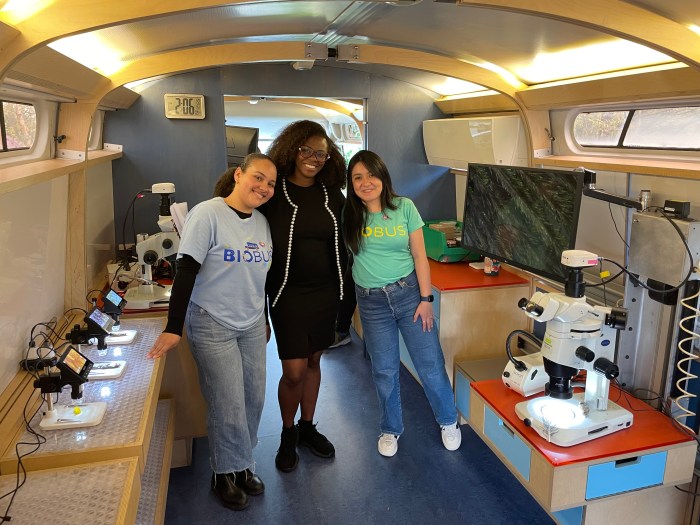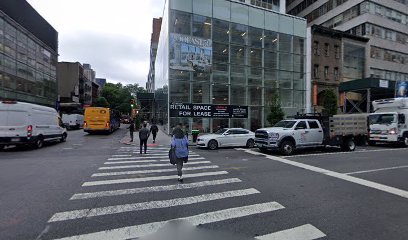Officials and advocates are currently volleying parking plans at the Billie Jean King National Tennis Center.
Designs for new structures to relieve parking problems at the center will not breach the area allocated to the U.S. Open rented from the city, a Tennis Association representative said. But park advocates say that any new, permanent construction is too much.
Some became vocal about the recently-announced plans to revamp the center — expected to begin next fall — arguing that adding parking spaces to the plan would infringe on the green space of the borough’s largest park, and convert public space into commercial.
Daniel Zausner, managing director of the Tennis Center, said plans to expand on parking would not affect any additional areas of the park; rather, parking structures are expected to be built on the center’s existing lots.
“We’re taking our existing parking lots in that perimeter and building up,” Zausner said. “The most critical thing is we’re not impacting the spot in a footprint perspective.”
The two lots the center currently has, Zausner said, accommodate a little more than 300 spots. With one lot getting a two-tiered structure, and the other a three-tiered, the center will be able to park about 800 cars total. That is still a stretch for the thousands of people the center sees a day when the U.S. Open takes place, Zausner said.
Green space supporters, however, said even building a structure was too much. Geoffrey Croft, president of NYC Park Advocates, said the Tennis Center was still violating its rental agreement with the city.
“This isn’t a commercial area,” he said. “It’s public park and most certainly [parking garages] will encourage more cars to come in.”
Kim Ohanian, third vice chair of Community Board 7 and head of the board’s Parks Committee, said bringing more cars in would also have an environmental effect on the park.
Ohanian added that the Tennis Center needed to promote taking mass transit as opposed to driving when attending the U.S. Open.
The center had some 600 spots allocated at what is now World Ice Arena, but lost the site when ground broke on the project more than 10 years ago. Since then, the city did not compensate for parking, aside from city parking in Shea Stadium’s parking lot. When Citi Field was completed, however, the Mets took full control of the parking, Zausner said.

































